I'm trying to design a low noise, low distortion, low cost op-amp circuit for multiplexing analog (audio) signals. Experience, research and some experimenting already led me to the following components in combination with a proper low-noise power supply:
- NE/SA5532A dual low-noise op-amp (datasheet)
- HEF4053B analog CMOS switch (datasheet)
This question is in essence about integrating the switch. I do know that relays are an alternative to CMOS switches, but at approximately 5 to 10 times the cost they are not really an option in this design.
There have been fine questions with sensible answers about op-amp circuits with (switchable) variable gain, e.g. here. This question is not about this issue, as the title suggests. But bear with me and let me elaborate on it as an introduction.
Consider this circuit with variable gain:
The position of the switches in this circuit is perfect. They are at ground level, so no offset influences the switch resistance. As a result, in this position the switches do not generate modulation distortion.
In the signal path, the switches are also away from the sensitive op-amp input pins. Rin, Rf, Rg1 and Rg2 can all be located very close to the input pins. If the switch would be at op-amp input side, this would not be possible.
Now to the real core of my question. Here are 4 different possible configurations of input multiplexing and none of them come close to the ideal configuration above of the variable gain solution.
The circuit around U3 is there for completeness, but it's the least sensible.
In the circuits around U2 and U4, the switches see a variable voltage level and that will lead to modulation distortion.
The circuit around U1 has the switches at virtual ground, but the position of them is also at the inverting input pin. I have implemented this in the past and from experience, this layout leads to high noise sensitivity. I'm not talking about inherent noise of the circuit, but noise from the surrounding electronics.
My question is if anyone has experience with the best trade-off that can be made, or can suggest any tricks that can circumvent the disadvantages summed up here, or can suggest a clever, different schematic that achieves the same goal.
edit
In the answers and comments, several aspects of the main issue were touched. In essence, I was asking about the best topology and it has drifted towards switch properties (on-resistance, on-linearity, off-capacitance) and side effects of the mixing configuration (node charging resulting in plops when switching), crosstalk,...
I'm well aware of all these issues and I might have oversimplified the question in favour of clarity and focus.
Andy aka has raised valuable considerations that I will pursue further, but the solution suggested is exactly as I've done in the past, with less success than I hoped for.
τεκ raised a simple but interesting alternative that I'll also look into.
My intermediate conclusion is that I'll try to get hold of the Douglas Self audio book. I'll be digging into switch and FET properties and try to simulate their effect in the different topologies. That might lead to new insights and I'll report back. I'll definitively be prototyping different solutions in the end. So it might take some time, but I'll come back with new insights and report back.




